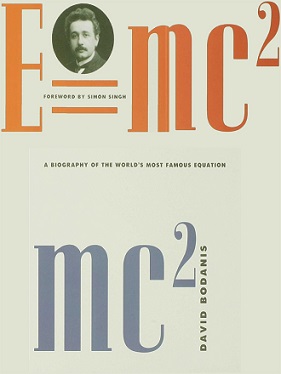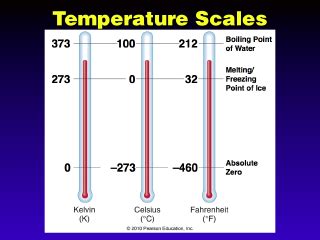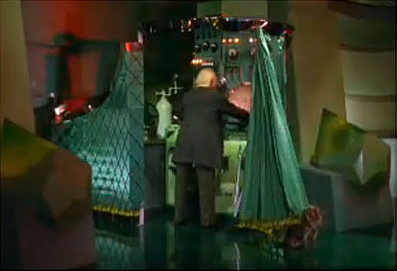|
home | what's new | other sites | contact | about |
||
|
Word Gems exploring self-realization, sacred personhood, and full humanity
Einstein
return to "Einstein" main-page
David Bodanis' excellent book, E=mc2
Einstein called the speed of light “the universe’s speed limit.” But why can’t we go faster? Couldn’t we just sort of step on the gas and risk paying the speeding ticket? The speed of light is not an arbitrary rule decided on by a town council, and it doesn’t need to be enforced. It’s part of natural law, how reality works.
Trying to go faster than the speed of light would be like saying… It would be like saying, “I want my car to go slower,” when it’s parked in the garage, with the engine off, dead cold. If your car is stopped it can’t go slower. Why? – because it can’t. It’s just how the universe works. You can’t go slower than no movement. It would be like saying, “I want to live in a 1-dimensional or 2-dimensional world like the cartoon characters in Flatland.” But that’s not possible because our universe is constructed as a 3-dimensional habitat, and anything else is just not gonna happen. It would be like saying, “I want a temperature lower than -273 C.” This is not possible because -273 C. is absolute zero, the point at which all atomic vibration drops away.
There’s no more heat to be siphoned off, and so there is no temperature lower than -273 C. Attempting to go lower is just defying how things really work in the universe, and good luck to us.
How is the speed of light a reflection of reality? E=mc2 is an equation that speaks of transformation of energy to matter, and matter to energy. In its most dramatic and final phase, this occurs at the speed of light. It’s analogous to water boiling at 212 degrees F. That’s when it happens in all its glory, when water turns to steam. But the warming effect, the progressively excited state of molecules and atoms, was in process since climbing out of absolute zero. It’s just that, along the way toward boiling, for a long time, there were few visible clues to the unaided eye that anything was happening. So, too, with the transformation of energy into mass. For example, an object becomes more massive as it approaches the speed of light, but this process of gaining mass begins with the smallest movement; even, as per our example in an earlier article, when walking from the living room to the kitchen. At these very small speeds, conversion of energy into mass occurs at ultra-miniscule rates, thereby escaping detection by the five senses, but the process is still in play. David Bodanis: Think of a rocket sailing along at just under the speed of light. Why can’t we pump in more energy and make the ship go just a bit faster and even pass the light speed limit? “The engines are roaring with energy, but that can’t raise the [rocket’s] speed … But the energy just can’t disappear, either. As a result, the energy being pumped in gets ‘squeezed’ into becoming mass. Viewed from outside, the solid mass of the [rocket] starts to grow. There’s only a bit of swelling at first, but as you keep on pouring in energy, the mass will keep on increasing.” The rocket will keep on swelling. Theoretically, it would take an infinite amount of energy to reach that last bit to attain the speed of light, and this would create an infinite amount of mass. This is impossible, and cannot happen.
with old-style physics, it would have been E=mv, but mass x velocity seriously understates the reality Recall the story of Émilie du Châtelet and the lead balls dropped into a pan of clay. She determined that energy was a function of mass times – not just velocity, but – velocity squared. This was a great breakthrough at the time.
What’s light got to do with it? But Einstein’s insight was truly astonishing. He saw a link between energy and mass, a mediation by something appearing to be totally unrelated to the process. Einstein was the first to see that the speed of light squared, an utterly enormous number, would serve as the “velocity” in the old-physics equation. What’s light got to do with it? As it turns out, at the speed of light the popcorn really starts to pop. Before then it’s just warming, but, at the speed of light, energy and mass change hands at wholesale levels. Who could have known this? But Einstein's musing upon this mystery, since he was a teenager, allowed him to have a clue suddenly dropped into his head. His mind was prepared to receive the insight, while others were stuck in Newtonianism. Why does it work this way? Why the linkage to light? It’s just the way the universe works, and asking why is like asking why the sky is blue or why water boils at 212. It's just the way the universe is constructed. The speed of light is one of the great constants of science. It's like 32 degrees turns water into a solid. For energy and matter, the speed of light is where the dance really speeds up, where they do-se-do and change partners. The conversion of mass to energy, or the other way, doesn't happen with relish below the speed of light, just as you can't freeze your ice-cubes at normal fridge temperatures. It's just how things are put together. It's a local ordinance for this realm. But what does this all mean? What's light got to do with it? I think physicist Peter Russell gave us the best answer. From light’s point of view, there is no time, no mass, and no speed. From our point of view, as third-party observers, at the speed of light the old familiar guard-rails of this seemingly matter-bound universe begin to break apart, we fall down the rabbit-hole, the heavens roll back, the frail stage-scenery is taken away, a door to a new magical domain opens... at the speed of light, we suddenly view the real world, things as they really are, where the Wizard is revealed to be running the show
... and we enter the “real world” of the photon - because, for the photon, there is no distance, there is no time, and it doesn't go anywhere, it's omnipresent in the universe. At the speed of light, the rules of "common sense" we learned from Grandpa change considerably.
|
||
|
|


